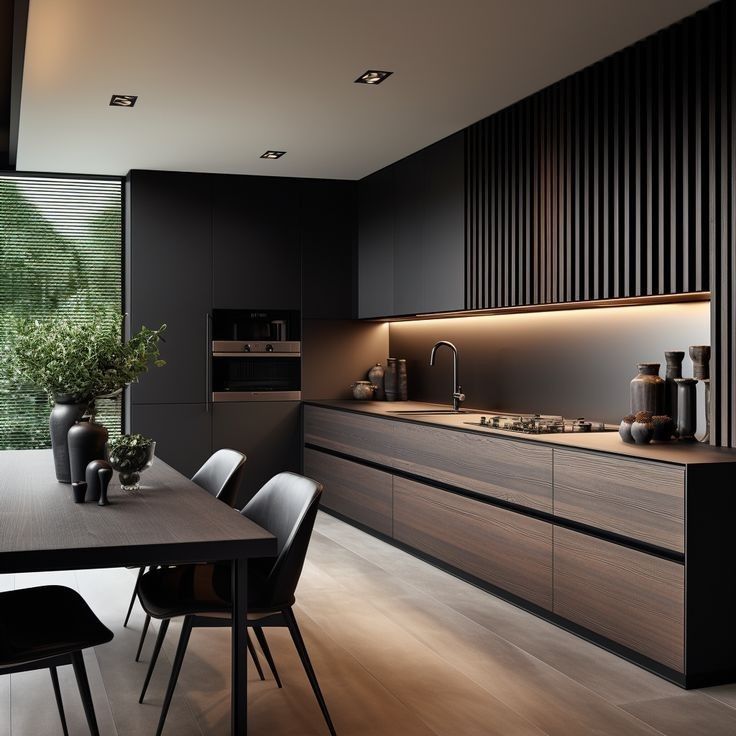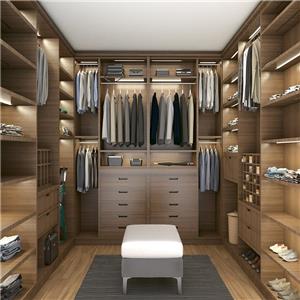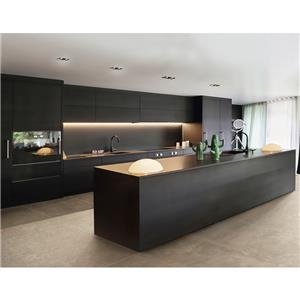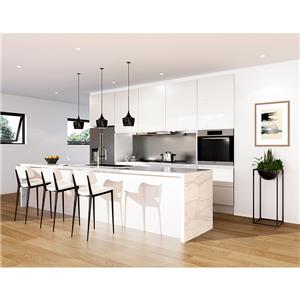Kitchen design trends for 2024
Kitchen trends continue to evolve with the advent of new technologies and more lifestyle choices. In some cases, the trend also stems from a desire for unusual, fresh looks. The latest National Kitchen and Bath Association (NKBA) report highlights kitchen design trends to watch in 2024. It presents the results of extensive research by professionals in the kitchen design industry, such as showroom specialists, designers, architects and contractors. As such, it is an ideal resource for anyone planning a kitchen project. Follow along as we highlight kitchen design trends for 2024 in the NKBA report and more.
I. More personalized kitchen design
It's fairly common for a homeowner or renovator to walk into a kitchen and choose a universal design to install. Their customization requests may involve simple details such as color preferences or size requirements. However, consumer data suggests this is changing. More and more people are seeking bespoke kitchen designs based on personal priorities, such as: - Their unique decorating preferences - Home layout - Lifestyle decisions such as sustainability or smart home setups - Current concerns around accessibility issues in later life.
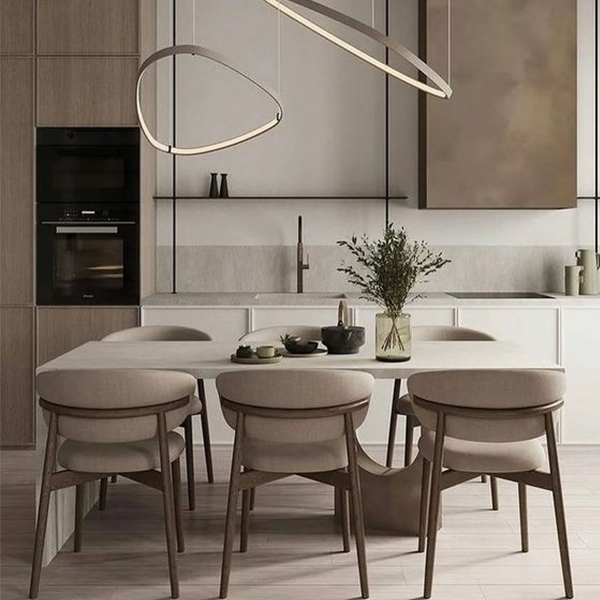
II. Minimalism is becoming more and more popular
Over the years, minimalist kitchens have become quite unpopular due to their overly minimalist feel. Now, however, as minimalist designs become more innovative, more and more people prefer them for their practicality, safety, and atmosphere. For example, a minimalist kitchen with retractable appliances can be very convenient for homes with limited space. It also makes organizing easier because the surface is no longer cluttered. The cold elements of minimalist kitchens have also become less of a concern, as more designs now include warm colors and soft touches like wood accents. Additionally, minimalism now has an element of freedom, and individuals can choose the level that suits them. For example, one can choose to have a kitchen where all items can be hidden and blend into the background. In contrast, another person could choose a simpler minimalist approach and only use handleless cabinets.
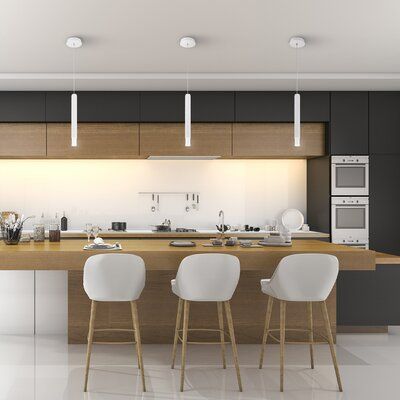
III. Ease of maintenance is a core requirement
Minimalism may warm homeowners' hearts, but it's not just about aesthetics. Most people also accept it because it is easy to maintain. The secret here is minimalist kitchen design without any unnecessary clutter or decorative features. Every item, whether it's utensils or cutlery, has its place. Therefore, such a kitchen is easier to clean and keep organized. This trend has also made elements like quartz and granite islands a top choice among homeowners and kitchen designers because they are beautiful, durable and easy to clean.
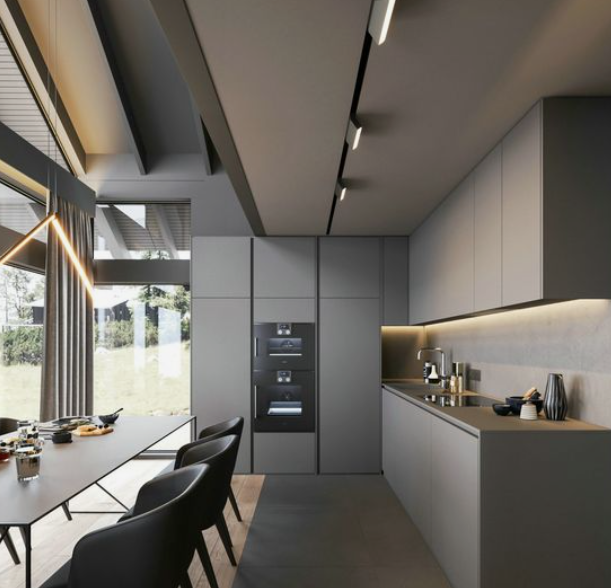
IV. Sustainability is a priority
The survey results of the NKBA report show that most people prefer environmentally friendly kitchens. Subsequently, the report predicts that more kitchens will feature: Energy-efficient appliances that last longer Built-in recycling and composting stations Resource-saving solutions such as motion sensor lighting and faucets Many homeowners also prioritize sustainability, choosing to use recyclables Cabinets and other kitchen items made from sustainably sourced or recycled materials. Others, however, achieve this by limiting waste.

V. The demand for health and nutritional elements is strong
More and more families are embracing healthier diets and striving for better self-care. Subsequently, there has been a growing demand for innovative corners in the kitchen that meet these lifestyle needs. According to NKBA's survey results, some of the features that are in high demand include: - Beverage stations for brewing coffee or making smoothies - Elegant wine refrigerators and display cabinets - Workstation sinks with accessories such as filters and colanders - Built-in Cutting board.
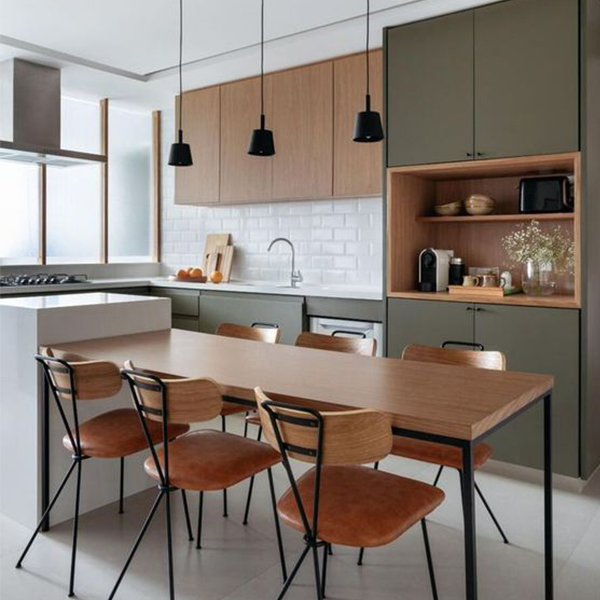
VI. Lighting is taking a more nuanced approach
Sufficient natural light and overhead electric lighting can usually meet the general lighting needs of most kitchens. However, they often provide insufficient lighting in areas such as under-cabinet workstations, cabinet interiors, or pantries. This general lighting may also not be suitable for showcasing the mood of the kitchen space at night. As a result, designers and homeowners now prefer a multifaceted approach to kitchen lighting. For example, under- and in-cabinet lighting triggered by motion sensors are very popular because of their functional benefits. Decorative and mood kitchen lighting is more popular. 80.2% and 84.7% of designer respondents in the NKBA Kitchen Trends Report stated that every type of lighting will be a priority in their designs.
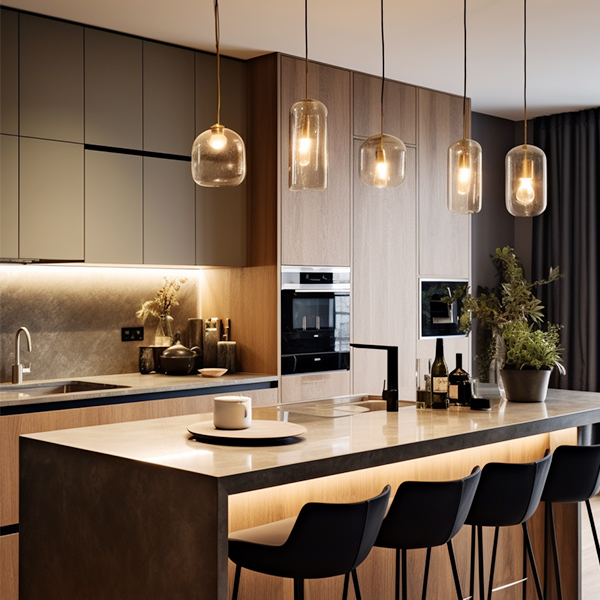
VII. Eating in the kitchen has become the norm
Dining space in the kitchen is often limited to a breakfast nook or a separate dining table added to the kitchen space. However, in 2024 and beyond, consumer and market feedback indicates that more and more people are seeking kitchen designs with built-in dining areas. Larger kitchen islands, which can double as work surfaces for cooking tasks, are particularly popular in this trend. 43.8% of the respondents in the NKBA report stated that this is because the island is not only functional but also adds aesthetic value to the kitchen decoration.

VIII. High Availability Storage
Adequate kitchen cabinets and shelves are initially the hallmark of a great kitchen. If you're lucky, you'll get a pantry to go with them. Until now, kitchen customization has changed all that. At least 37 percent of homeowners in the NKBA study said they preferred cabinets with custom shelves and drawer dividers. More than 50% of respondents to this trend said they also need walk-in pantries with adequate shelves. It can be said that cabinets alone can no longer solve this problem. High availability storage solutions are now the way to go.
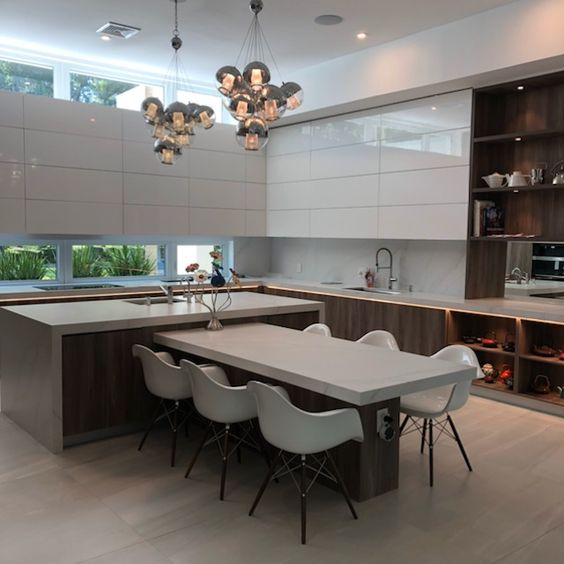
IX. Bold and fresh color creativity
Colorful kitchens are no longer in the headlines. The debate lately has been more about "pop colors" for kitchens during certain seasons. Of course, this is a very subjective trend. Therefore, preferences can be very diverse. In the latest NKBA survey, green emerged as the color most respondents (approximately 31%) wanted to use in their kitchens. Its popularity may be due to its bright and relaxed appeal, reminiscent of the outdoors. Plus, green comes in many shades, depending on personal taste. Another interesting change is that more respondents said they now prefer wood cabinets to the more common white kitchen cabinets. In their opinion, wooden decor exudes more warmth and homely feeling.
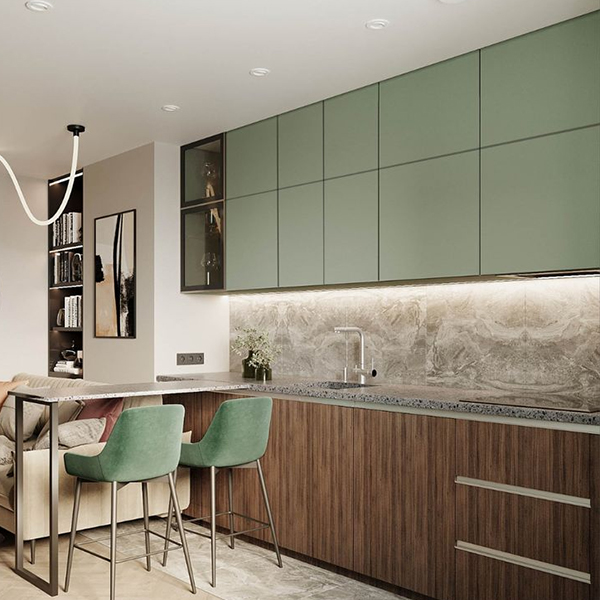
X. Integrating colors in a unique way
How different kitchen designs incorporate color preferences is another part of color trends worth paying attention to. For example, only 38% of respondents in the report said they would add color to their kitchen by painting cabinets. In comparison, a higher 46% and 43% are more likely to use backsplashes and kitchen islands as anchors for their color themes. These selection trends stand out because these surfaces appear in different colors in the kitchen. However, it's the novelty of these kitchen design ideas that may be what makes them so appealing in the first place.
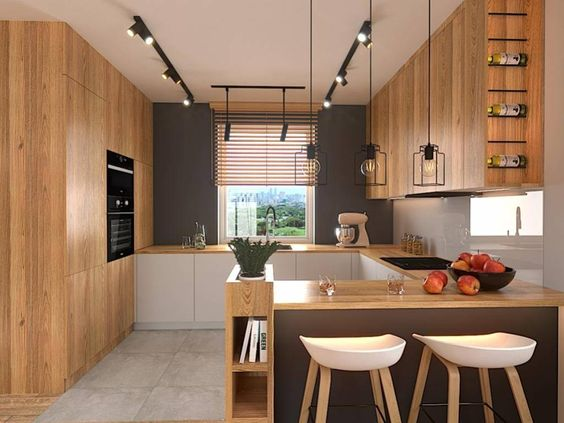
XI. Redesigned personalized kitchen accessories
Stainless steel taps, sinks and wet area surfaces have become a staple of kitchen décor around the world. However, this also seems to be swept up in design trends. Gold finish faucets and sink accessories are now the most popular, followed by stainless steel and black finishes. In the design of kitchen lighting accessories, the gold trend continues to be ahead of the rest. You can integrate gold finishes through the following elements: - Light pendants - Chandeliers - Domes - Downlight bases Where gold finishes are unavailable or unsuitable, copper, brass and bronze are equally popular alternatives. Research shows that this trend will continue to grow in popularity as more and more people enjoy its unique look. Additionally, gold (and its alternatives) mixes easily with most colors. It's also effective when you need to create contrast between colors.
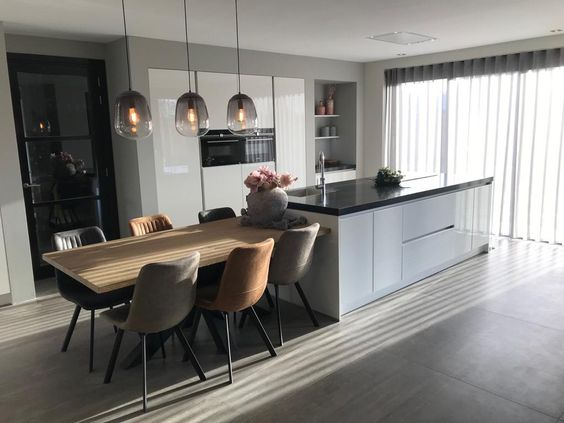
XII. Use textures to create stunning effects
We usually define texture as a quality that people can feel. This is why we describe surfaces as soft, rough, or smooth. However, modern finishing techniques have turned texture into visible beauty. For example, matte and glossy finishes are opposite textures and can be distinguished by looking at the surface. Other finishing techniques, such as creating ridges or surface brushing, can also create dramatic textural effects. The dynamic effect of these and other finishes makes them ideal for anyone looking to add a dramatic effect to their kitchen decor. As a result, they are becoming a popular trend that is almost as important as the colors people choose for their kitchens. More specifically, the NKBA 2024 Kitchen Trends Report revealed that matte textured finishes were the top choice for more than 60% of survey participants. Brushed and satin finishes ranked second and third.
